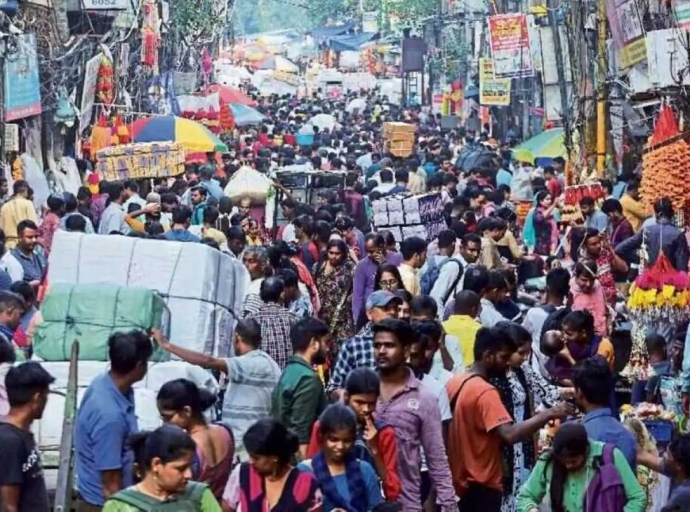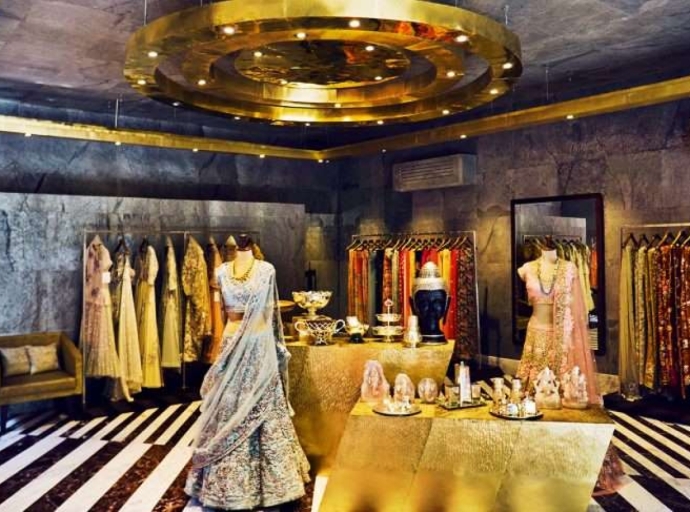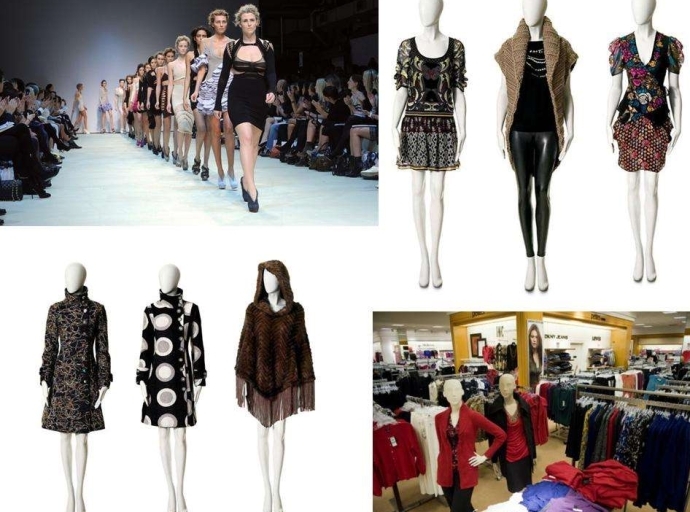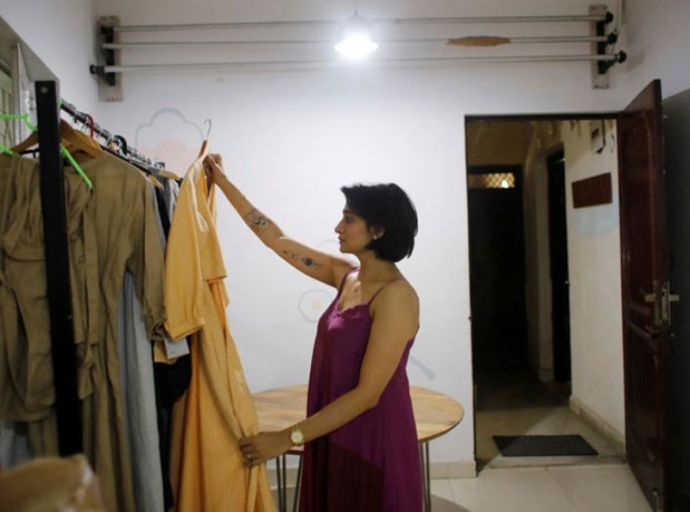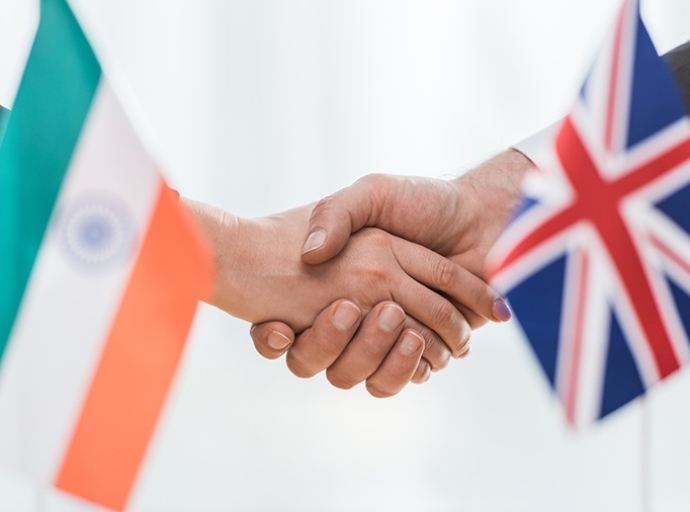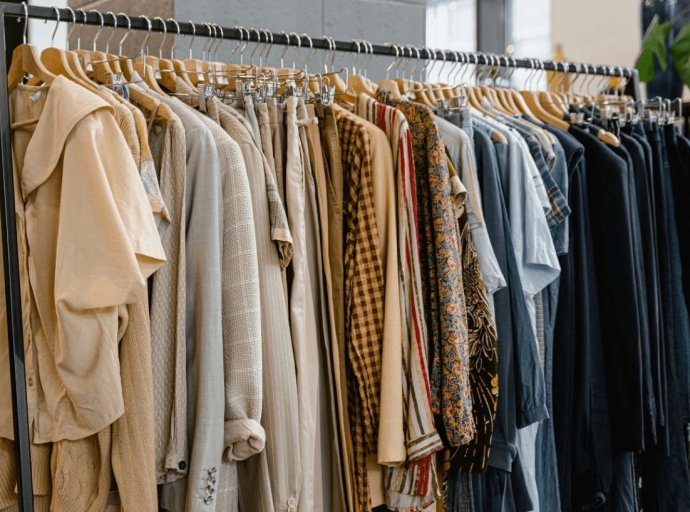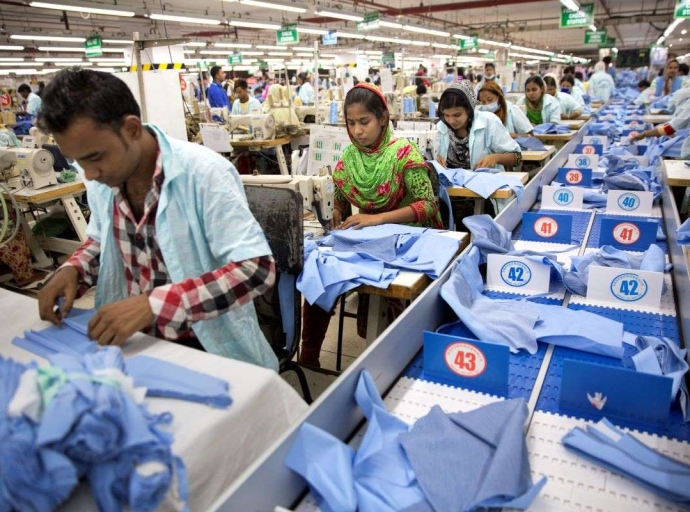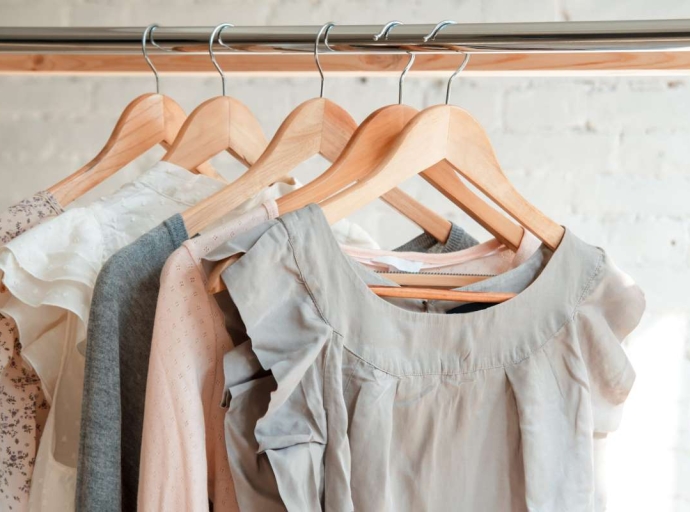27 October 2023, Mumbai
WHY INDIA
Foreign investment plays a vital role in the Indian textile industry, providing access to capital, technology, and expertise.
The Indian textile and apparel industry (T&C) is poised for significant growth in the coming years, driven by a number of factors, including the rising demand for industrial and technical textiles, the growing middle class, and the increasing popularity of Indian fashion brands.
The Indian government is also taking steps to support the industry, such as offering 100% FDI in the textile sector through the automatic route.
Nuanced picture
Foreign direct investment (FDI) plays a vital role in the Indian textile industry. FDI provides access to capital, technology, and expertise, which can help the industry grow and modernize.
The FDI equity inflow in the textiles industry, including dyed and printed textiles, adds up to USD 4.16 billion from April 2000 to March 2023.
Kickers
The influx of foreign investment is one of the key factors supporting the growth of the Indian textile sector. The Indian government's approval of 100% FDI in the textile industry through the automatic route is a major driver of this growth. Cumulative FDI inflows into the textiles sector between April 2000 and December 2018 amounted to $3.09 billion.
With its strong domestic market and growing export potential, the Indian textile and apparel industry is a lucrative investment destination for foreign investors.
The industry is also well-positioned to benefit from emerging trends such as sustainable fashion and e-commerce.
Conclude:
The Indian textile and apparel industry (T&A) is on the cusp of a major growth phase.
With the support of foreign investment and government initiatives, the industry is poised to become a global leader in production, exports, and consumption.
5 key insights :
- Foreign investment boosts Indian textiles
- Industry poised for significant growth
- Driven by domestic & export demand
- Government supports with 100% FDI
- Bright future ahead


